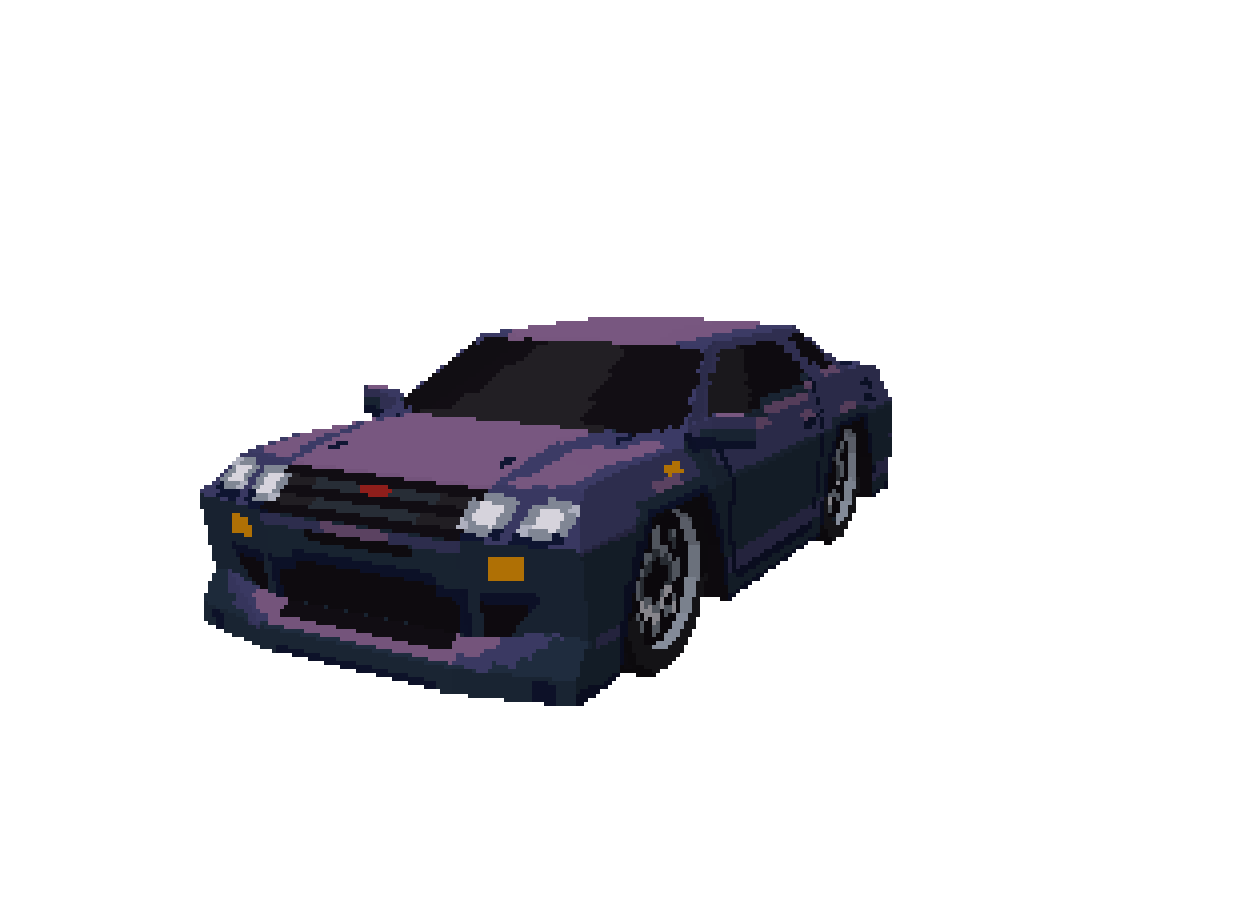Success And Downfall
The 1980s was one of the most successful and at the same disastrous for the gaming industry yet. Arcades were booming and the third generation of consoles were becoming more and more popular, as well as the inception of PC gaming. It all inevitably came to a market collapse in 1983 after the video game bubble of the Golden Age burst and multiple arcade production companies went out of business. In this blog post, I would like to talk more about the Famicom/ NES console by Nintendo specifically, as it has somewhat revolutionised the way 8-bit sound was treated in games and had enough charm to bring the culture of so-called chiptunes to the 21st century.
The Soundchip Of NES

Before talking about the output of the video game composers and sound designers, it is important to understand the chipset which was responsible for sound reproduction in Nintendo consoles at that time. Depending on the region of sale, the consoles used a CPU chip with integrated audio called Ricoh 2A03/ 2A07, which had a total of only five mono channels, which included 2 PWM outputs, which could be set to 16 different velocities, a fixed volume triangle wave oscillator, a noise generator and a 1-bit (!) DPCM channel, which sample rate was tiny to today’s standards 33143.9Hz and could only store 16 kilobytes of a sample at a time. As you can see, working with such a chip was much easier compared to the previous developments, but nonetheless was extremely challenging. Let’s finally look at how developers overcame these challenges with a few great examples.
Music And Sound In NES Games
Super Mario Bros. is a great example of how composers utilised the chip to its’ full potential. As soon as you start playing the games, it is easy to understand how the voices were utilised in order to make the soundscape work. 1 PWM and triangle voices were used to provide the soundtrack of the game, while the noise generator and the other PWM voice were utilised for the sound effects, which were created in a very musical way, just listen to the sound Mario makes when the player jumps - it is a pitch modulated pulse width wave.
All of the sound effects are made to musically represent the movement of the character on screen. If we look at another popular game at a time - Metroid, we can see the same concept being utilised. Explosions and footsteps are made using white noise, while actions such as jumping are created by playing a very fast upwards arpeggio. It is also important to note, that music often plays a much more important role compared to the game nowadays. Composers back in those days were really trying to create motifs and more musical arrangements, compared to the ambient beds nowadays, as it was just not possible to pull something like this off. Just have a listen yourself to the soundtracks in the video provided below - beautiful stuff.
Commodore 64
Even though NES was a very popular console in the 1980s, PC gaming was on the rise with computers such as Commodore 64 experiencing a renaissance. It had a 3 voice MOS Technology 6581/8580 SID sound chip, but with one very important twist - all of the voices could be dynamically switched to a square, triangle, sawtooth and noise, which arguably was more convenient compared to set voices of the NES chip. Have a listen to this Commodore 64 music compilation, even being quite similar to NES music, it has its’ own charm and quality to it, with detuned voices adding the spice to the whole thing.
